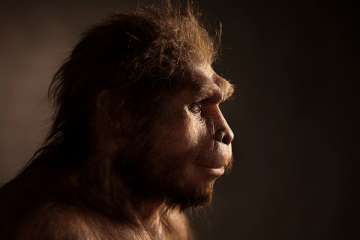In a discovery that could potentially challenge the history of human evolution, an Indo-Spanish team of researchers caught hold of a centuries old, but still unknown descendant of a new family of early men in India’s Andaman island.
Known as Jarawas and Onges, they are claimed to be the new category of early men by the scientists on the basis of their genetic studies.
Although there isn’t a fossil record of them yet, but the team, which comprises of researchers from the National Institute of BioMedical Genomics, Kalyani and the Institute of Evolutionary Biology in Barcelona, says a clear evidence of existence of this new type - “extinct hominid” – is provided by the DNA analysis.
“By exploring assorted possibilities that could have given rise to these dissimilarities, we have concluded that these DNA fragments belong to an extinct hominid that shares a common ancestor with the Neanderthal and the Denisovan but has a different history,” claimed Partha Majumder, director of the Kalyani institute.
“Remains of this extinct hominid have not yet been recovered, but our results provide definitive proof evidence that Homo heidelbergensis had given rise to multiple lineages, not just the Neanderthal and the Denisovan,” he added.
What is known to the humankind is that Homo heidelbergensis, the first group of men to come out of Africa, led to the rise of just the Neanderthal and the Denisovan - the two known branches from which all modern human beings have evolved.
However, this latest finding by the scientists, changes a major part of the story.
Hominids are known to be the ancestors of great apes and humans and their mystery is a long-standing one in science.
Latest India News
